Dinner

Zucchini Tomato Gratin Flavorful and Easy Recipe
Ready to enjoy a dish that’s both tasty and simple? My Zucchini Tomato Gratin is a must-try! With layers of fresh zucchini, juicy tomatoes, and
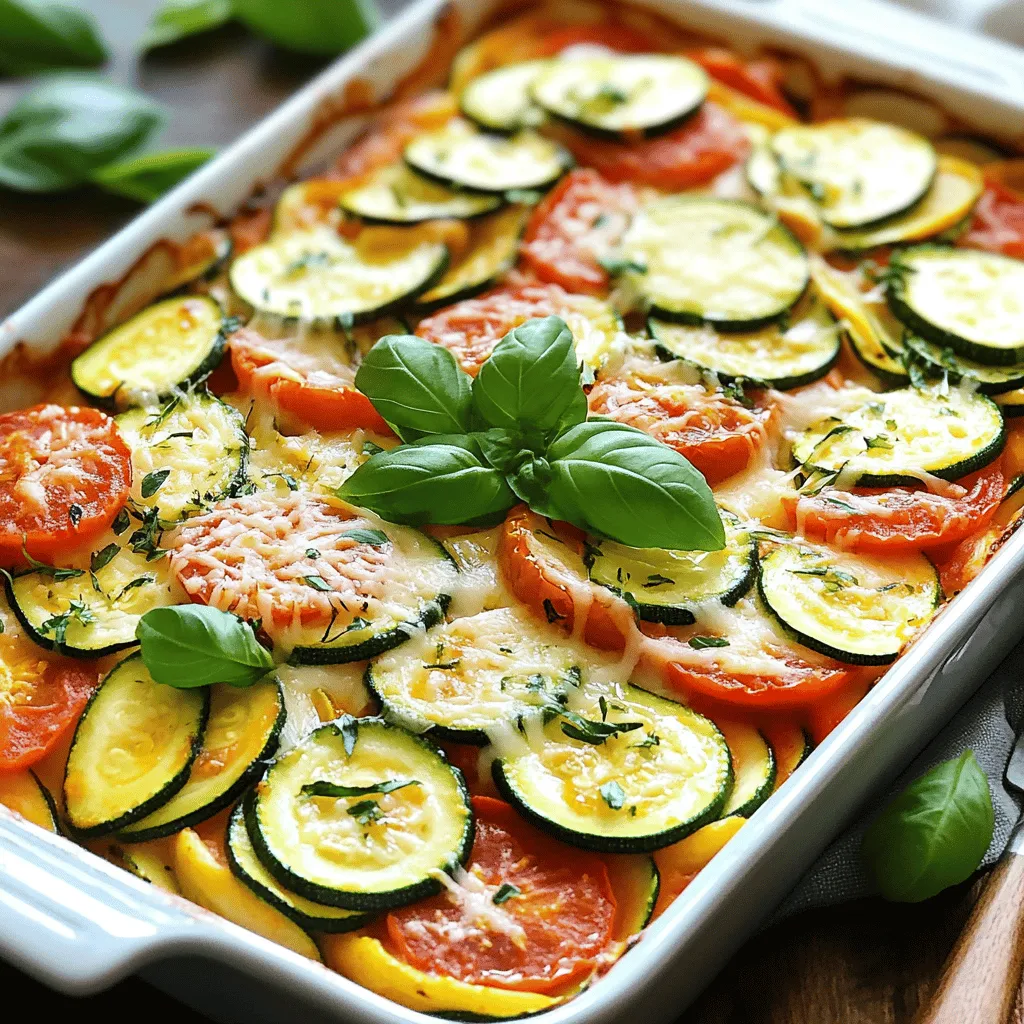
Zucchini Tomato Casserole Flavorful and Easy Recipe
Are you ready to enjoy a dish that bursts with flavor? My Zucchini Tomato Casserole is not only colorful but also simple to make. Imagine
![Baked Tuscan Chicken is a vibrant and delicious dish. It combines tender chicken, fresh veggies, and tasty cheese. This recipe is easy to follow and takes about 45 minutes. You will enjoy each bite as you savor the Italian flavors. Check the [Full Recipe] for all the details. - 4 boneless, skinless chicken breasts - 1 cup cherry tomatoes, halved - 1 cup fresh baby spinach - 1/2 cup sun-dried tomatoes, chopped - 1/2 cup mozzarella cheese, shredded - 1/3 cup grated Parmesan cheese - 3 cloves garlic, minced - 1 teaspoon dried Italian herb blend - 1/4 cup extra virgin olive oil - Salt and black pepper to taste - Fresh basil leaves for garnish (optional) You can change some ingredients to suit your taste. Here are a few ideas: - Use chicken thighs instead of breasts for more flavor. - Swap cherry tomatoes for diced bell peppers for a crunch. - Try feta cheese instead of mozzarella for a tangy twist. - Add artichoke hearts for a Mediterranean flair. - Substitute fresh spinach with kale for a different green. Mix and match these options to create your perfect Baked Tuscan Chicken! Start by preheating your oven to 400°F (200°C). This temperature is key for even cooking. It helps form a nice, golden crust on the cheese. In a big bowl, mix olive oil, minced garlic, and dried Italian herbs. Add a good pinch of salt and pepper. Whisk until it’s all blended well. Add the chicken breasts to the marinade. Make sure each piece is covered well. If you can, let the chicken sit for 15 minutes. This step boosts the flavor a lot. Lightly grease a baking dish. Place the chicken breasts in it, making sure they do not overlap. Now, scatter the cherry tomatoes, baby spinach, and sun-dried tomatoes over the chicken. This adds color and freshness. Sprinkle the mozzarella and Parmesan cheese on top of the chicken and veggies. This will melt into a delicious topping. Place the dish in the oven and bake for 25-30 minutes. Check that the chicken reaches 165°F (75°C) inside. The cheese should be melted and golden. After baking, remove the dish from the oven. Let it sit for about 5 minutes. This helps keep the chicken juicy. Just before serving, add fresh basil leaves on top. This gives it a nice aroma and bright look. Enjoy your Baked Tuscan Chicken! For the full recipe, refer to the earlier section. To keep your chicken juicy, start with good marinating. Marinate the chicken for at least 15 minutes. This helps the flavors soak in. Use a mix of olive oil, garlic, and herbs. The oil locks in moisture. Always cook chicken to an internal temperature of 165°F (75°C). This ensures it's safe and tender. Add a splash of lemon juice for brightness. A hint of red pepper flakes gives warmth. If you like a richer taste, try adding olives or capers. They add depth to the dish. Fresh herbs like basil or parsley can boost the flavor too. Serve Baked Tuscan Chicken with a side of pasta or crusty bread. This helps soak up the delicious juices. A fresh salad with a light vinaigrette pairs well too. For a fun twist, serve it in a wrap with extra veggies. Enjoy your meal with a glass of white wine for a true Tuscan experience. For the complete recipe, check out the Full Recipe section. {{image_4}} You can make a tasty vegetarian version of Baked Tuscan Chicken. Instead of chicken, use firm tofu or portobello mushrooms. Both options soak up flavors well. For the tofu, press it to remove moisture before marinating. For mushrooms, just clean and remove the stems. The cooking time will be similar, around 25-30 minutes. This way, you still enjoy that rich Tuscan flavor. Cheese plays a big role in flavor. If you want to switch things up, try different cheeses. Feta cheese adds a tangy twist. Gouda gives a smoky flavor. For a creamier texture, use ricotta. Remember, each cheese has its own unique taste. So, feel free to mix and match based on what you like best. You can boost nutrition and flavor by adding more veggies. Bell peppers, zucchini, or asparagus work great. Chop them into bite-sized pieces. Mix them in with the tomatoes and spinach. The extra colors and textures make the dish even more appealing. Plus, they add fiber and vitamins, making your meal healthier. Enjoy experimenting with your favorite vegetables! After enjoying your Baked Tuscan Chicken, store any leftovers in an airtight container. Make sure to let the dish cool to room temperature first. This helps keep the chicken moist. Place the container in the fridge. It will stay good for up to three days. If you want to use it later, consider freezing. To reheat, place the chicken in a baking dish. Preheat your oven to 350°F (175°C). Cover the dish with foil to keep it from drying out. Bake for about 15-20 minutes. Check that the chicken is heated through. You can also use a microwave if you are in a hurry. Heat it in 30-second intervals until warm. If you want to freeze your Baked Tuscan Chicken, wrap it tightly in plastic wrap. Then, place it in a freezer bag or container. This will help prevent freezer burn. The dish can last up to three months in the freezer. When ready to eat, thaw it in the fridge overnight before reheating. Enjoy the flavors once again! Bake Baked Tuscan Chicken for 25-30 minutes. The chicken should reach 165°F (75°C). This ensures it is fully cooked and safe to eat. Baking at 400°F (200°C) helps the cheese melt and brown nicely. If you have a meat thermometer, use it for best results. This simple step keeps the chicken juicy and flavorful. Yes, you can use chicken thighs instead of breasts. Thighs are often more tender and juicy. They also have a rich flavor that pairs well with the Tuscan ingredients. Just adjust the cooking time slightly. Thighs may take a few extra minutes to cook fully. Always check the internal temperature to ensure safety. Baked Tuscan Chicken pairs well with many sides. Consider these options: - Garlic bread for a crunchy bite - A simple green salad for freshness - Roasted vegetables for a hearty touch - Pasta tossed with olive oil and herbs These sides complement the flavors and create a complete meal. To adjust for dietary restrictions, consider these tips: - Use gluten-free pasta or bread for a gluten-free option. - Substitute olive oil with a different oil if needed. - For dairy-free, try nut-based cheese or skip cheese altogether. - Use plant-based chicken for a vegan option. These swaps keep the dish tasty and enjoyable for everyone. This blog post covered everything you need for Baked Tuscan Chicken. We looked at the key ingredients and how to prepare them. Then, I detailed step-by-step instructions to get it just right. I shared tips for juicy chicken and ways to serve it. We explored variations for different diets and storage advice for leftovers. Now you’re ready to create a delicious meal. Enjoy the cooking process and savor the final dish!](https://tastednest.com/wp-content/uploads/2025/06/cd5faa29-a1af-47f8-921b-3664ae15eb15.webp)
Baked Tuscan Chicken Flavorful and Easy Recipe
Looking for a dish that’s both tasty and simple? You’ll love this Baked Tuscan Chicken recipe! In just a few steps, I’ll guide you to
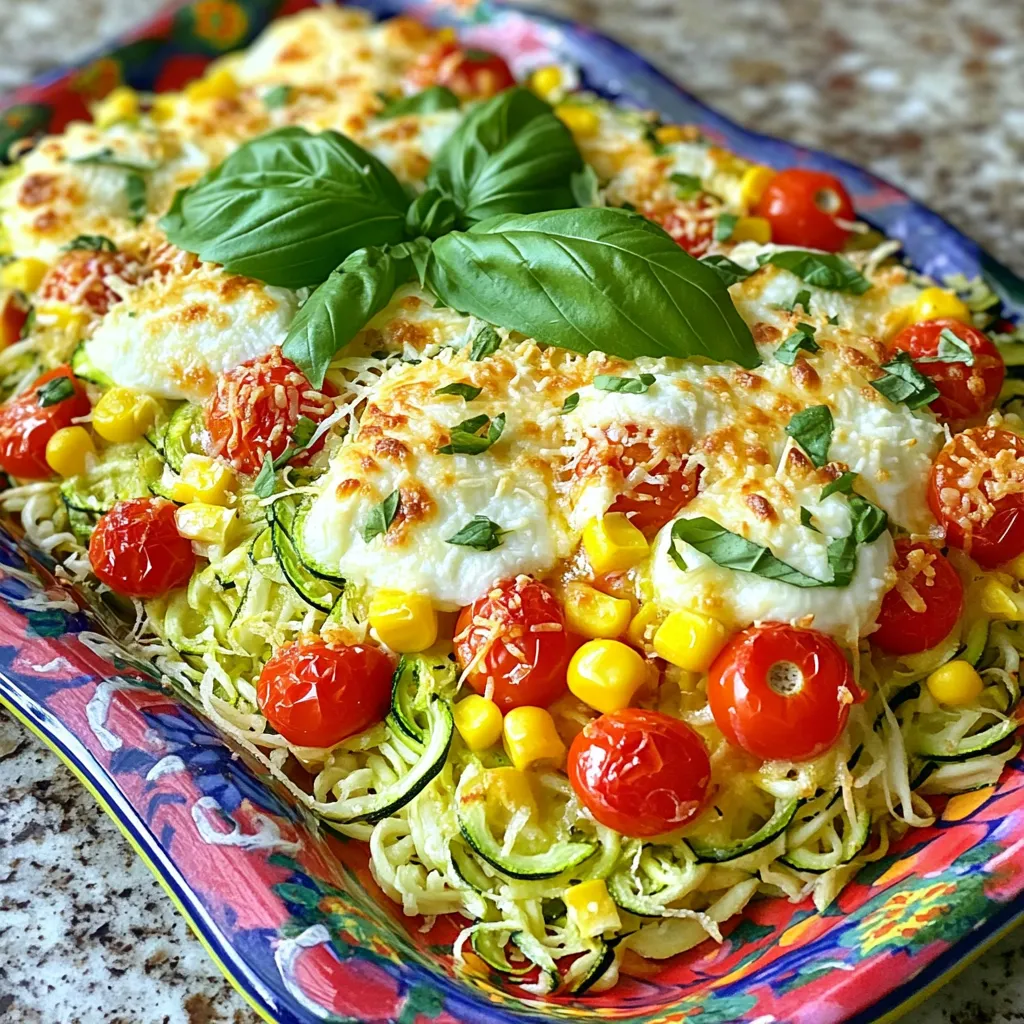
Summer Garden Crustless Zucchini Pie Nourishing Dish
Looking for a tasty and healthy dish to enjoy this summer? This Summer Garden Crustless Zucchini Pie has you covered! With fresh zucchinis, sweet corn,
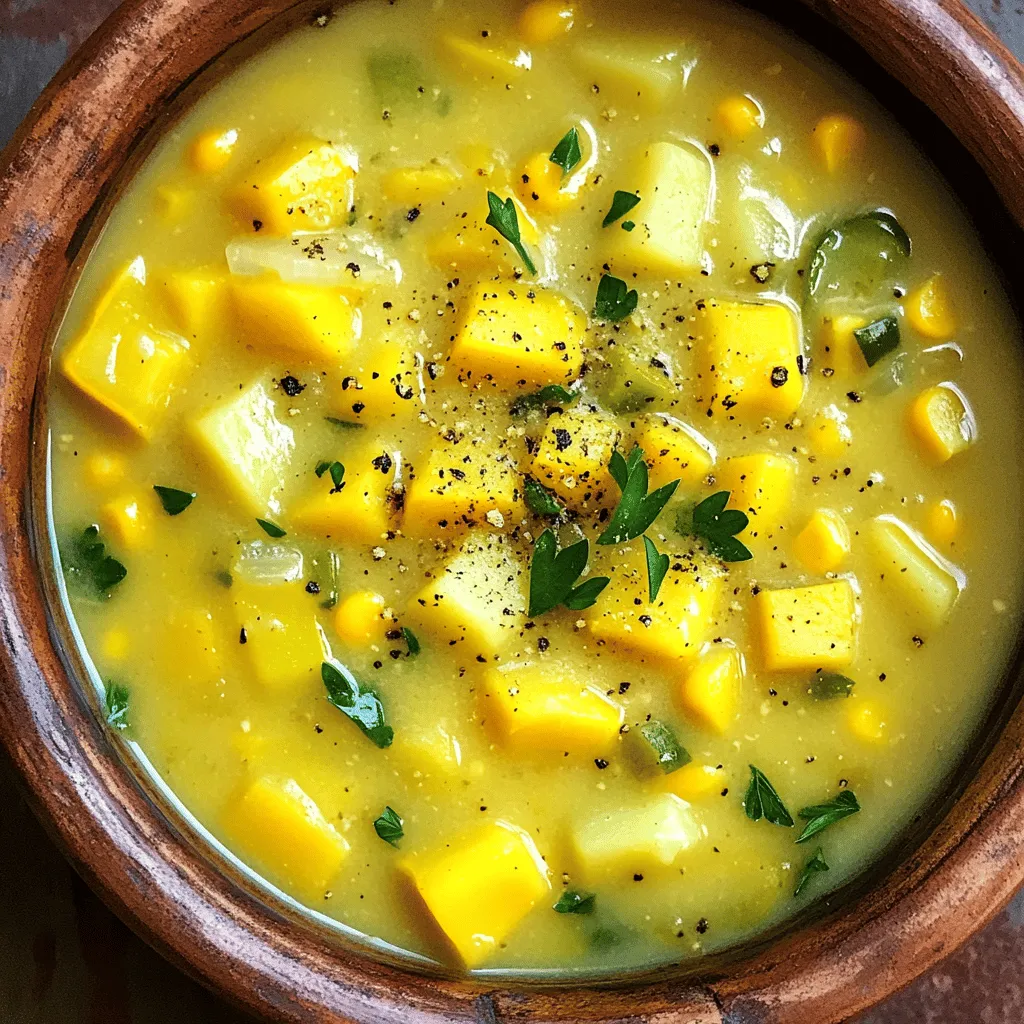
Savory Summer Squash and Corn Chowder Recipe
Looking for a fresh and tasty dish this summer? My Savory Summer Squash and Corn Chowder is the answer. This creamy, vibrant chowder blends fresh
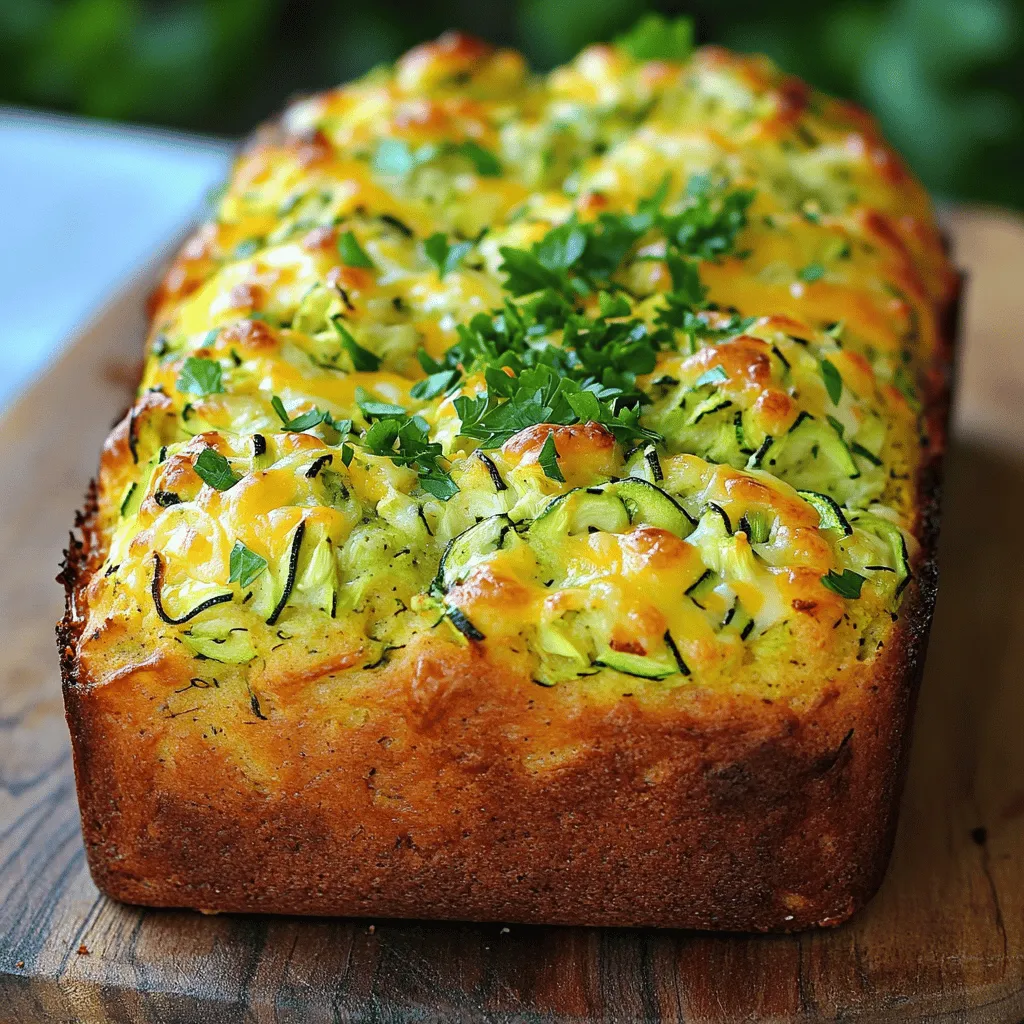
Zucchini Cheddar Herb Bread Flavorful and Easy Recipe
If you’re looking for a tasty, simple bread that will impress your family, you’ve found it! This Zucchini Cheddar Herb Bread is packed with flavor
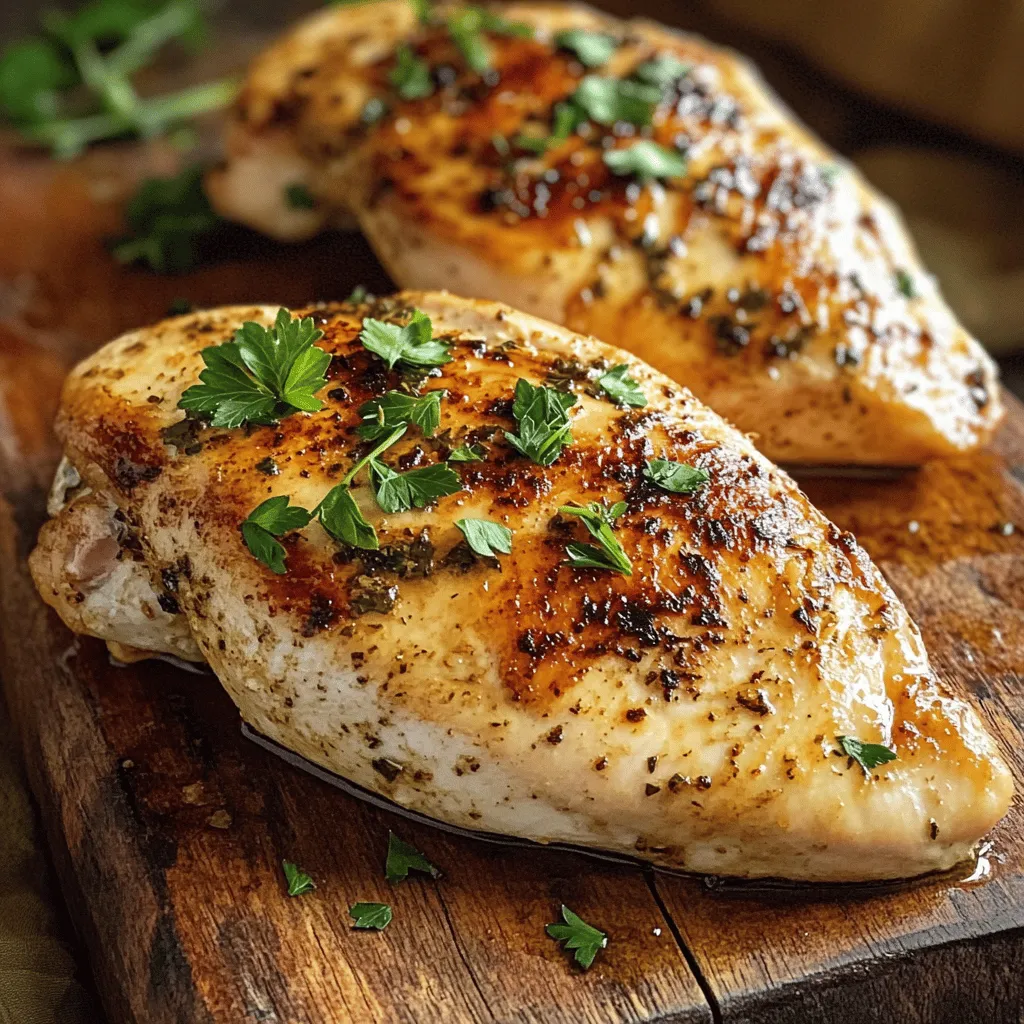
Melt in Your Mouth Chicken Breast Simple and Tasty Dish
Are you ready to impress your family with a dish that’s both simple and tasty? This Melt in Your Mouth Chicken Breast recipe uses easy

Healthy Tomato Zucchini Pasta Simple and Flavorful Dish
Are you looking for a healthy dish that’s both simple and bursting with flavor? Look no further! This Healthy Tomato Zucchini Pasta brings fresh ingredients
![- 8 slices of whole grain bread - 12 ounces sliced turkey breast - 4 slices provolone cheese - 4 slices fresh mozzarella cheese - 1 cup arugula - 1 medium tomato, sliced - 1/2 cup roasted red peppers, sliced - 1/4 cup basil pesto - 1/4 cup mayonnaise - Salt and pepper to taste - Olive oil for grilling Gather these ingredients before you start. The whole grain bread gives a hearty base. Turkey breast adds protein and flavor. Provolone and fresh mozzarella create a creamy texture. Arugula brings a peppery bite. Tomato and roasted red peppers add freshness and sweetness. The basil pesto and mayonnaise give the sandwich a rich taste. Don’t forget salt and pepper to enhance the flavors. Olive oil helps achieve that perfect crispness when grilling. - Avocado slices for creaminess - Different cheese options like cheddar or gouda - Extra seasoning like garlic powder or Italian herbs Feel free to customize your sandwich! Adding avocado gives a rich, creamy layer. Different cheeses can change the flavor profile. You can also try extra seasonings for a unique twist. Be creative based on what you love! For the complete recipe, check out the Full Recipe section. - Begin by preheating a pan over medium heat. This helps cook the sandwiches evenly and gives them a nice crunch. - While the pan heats, lightly brush one side of each slice of whole grain bread with olive oil. This step is key for a golden crust when grilling. - Start building your delicious sandwich. Take one slice of bread, with the un-oiled side up. Layer 3 ounces of sliced turkey breast evenly across the surface. - Follow this with a slice of provolone cheese. Then add a handful of fresh arugula for a peppery bite. - Next, add a slice of juicy tomato on top. This adds moisture and flavor to the sandwich. - Place the roasted red peppers on top of the tomato for sweetness. Don’t forget to sprinkle a little salt and pepper to enhance all the flavors. - Finish with a slice of fresh mozzarella cheese. Place another slice of bread on top, with the mayonnaise side facing the filling. - Carefully place the assembled sandwich in the preheated pan, oiled side down. Cook for 3-4 minutes on each side. Use a spatula to press down gently. This helps the bread brown and the cheese melt. - Repeat the assembly and grilling process for the rest of your sandwiches. - Once cooked, remove the sandwiches from the pan and cut them in half diagonally. This makes them easy to handle and presents well. - Serve the sandwiches warm. A side of mixed greens with balsamic reduction complements the hearty flavors of the turkey club perfectly. For the complete recipe, check out [Full Recipe]. To ensure the perfect golden crust, use a medium heat. Brush olive oil on the bread before grilling. The oil helps the bread crisp up nicely. Flip the sandwich gently to avoid spilling the filling. Press down slightly with a spatula for even cooking. To keep the cheese melty, use a lid while grilling. This traps heat and helps the cheese melt faster. Aim for a nice balance between browning the bread and melting the cheese. Using fresh herbs or spices can boost flavor. Consider adding fresh basil or oregano. These herbs add a pop of freshness that complements the turkey and cheese. You can also sprinkle some crushed red pepper for a spicy kick. Balancing flavors with condiments is key. Mix mayonnaise with pesto for a creamy sauce that ties the sandwich together. This mix adds depth and richness to every bite. Pair your Italian Turkey Club Sandwiches with side salads or chips. A light arugula salad with a lemon vinaigrette works well. The brightness of the salad contrasts with the hearty sandwich. Best drinks to serve include iced tea or sparkling water. These refreshing options cleanse the palate and enhance your meal. Enjoy your sandwich with a drink that makes every bite taste even better. {{image_4}} You can switch turkey for chicken. Grilled chicken adds a nice smoky flavor. You can also try a vegetarian option. Use grilled eggplant or portobello mushrooms for a hearty bite. If you need gluten-free bread, try using a gluten-free loaf. Many brands offer tasty options. For those avoiding dairy, look for dairy-free cheese. Nutritional yeast can also add a cheesy flavor without the dairy. Add Italian ingredients to give your sandwich a twist. Sun-dried tomatoes add a sweet, tangy flavor. Olives bring a salty kick that pairs well with the turkey. These additions make each bite a delight. You can keep your Italian turkey club sandwiches in the fridge for up to three days. Store them in an airtight container or wrap them tightly in plastic wrap. This keeps the bread from getting soggy. Check for freshness before eating. If the bread feels dry or the fillings smell off, it’s best to toss them. To freeze your assembled sandwiches, wrap each one tightly in plastic wrap. Then, place them in a freezer-safe bag. They can last up to three months in the freezer this way. When you are ready to eat, let them thaw in the fridge overnight. This helps keep the bread and fillings fresh. When reheating, use a skillet or toaster oven for the best results. Heat on low to medium heat for about five minutes. This warms the sandwich without making it soggy. Avoid the microwave, as it may make the bread chewy. For a crispy crust, press the sandwich down slightly while heating. Enjoy your delicious Italian turkey club sandwiches warm! To make your Italian Turkey Club Sandwiches healthier, you can swap some ingredients. Here are a few suggestions for low-calorie options: - Use whole grain or low-calorie bread. - Replace mayonnaise with Greek yogurt for creaminess. - Choose low-fat turkey breast or smoked turkey. - Add more veggies like spinach or cucumbers for crunch. - Use a smaller amount of cheese or opt for part-skim varieties. These changes can keep your sandwich tasty while cutting calories. Yes, you can prepare these sandwiches in advance! Here are some tips for meal prep: - Assemble the sandwiches without grilling them. Wrap each one tightly in plastic wrap. - Store them in the fridge for up to 24 hours. - If you want to grill them later, just add a little olive oil before cooking. - For a crispier sandwich, grill just before serving. This way, you save time and still enjoy a fresh, hot sandwich. You can pair your Italian Turkey Club Sandwiches with delicious sides and drinks. Here are some great ideas: - Sides: Mixed greens salad, vegetable chips, or sweet potato fries. - Drinks: Iced tea, lemonade, or a light beer. These options can enhance your meal and make it more enjoyable! This blog post gave you all the details to make an Italian Turkey Club Sandwich. We covered the ingredients, preparation steps, grilling techniques, and storage tips. You can change the recipe with different meats or toppings to fit your taste. With these tips, you’ll create tasty sandwiches every time. Don't hesitate to experiment. Enjoy your cooking and share these sandwiches with friends or family!](https://tastednest.com/wp-content/uploads/2025/06/82a0f405-cf1f-429e-8f2f-8c6200dbbe51.webp)
Italian Turkey Club Sandwiches Powerhouse Delight
Are you ready to elevate your lunchtime game? The Italian Turkey Club Sandwich is a tasty twist on the classic! Packed with layers of savory
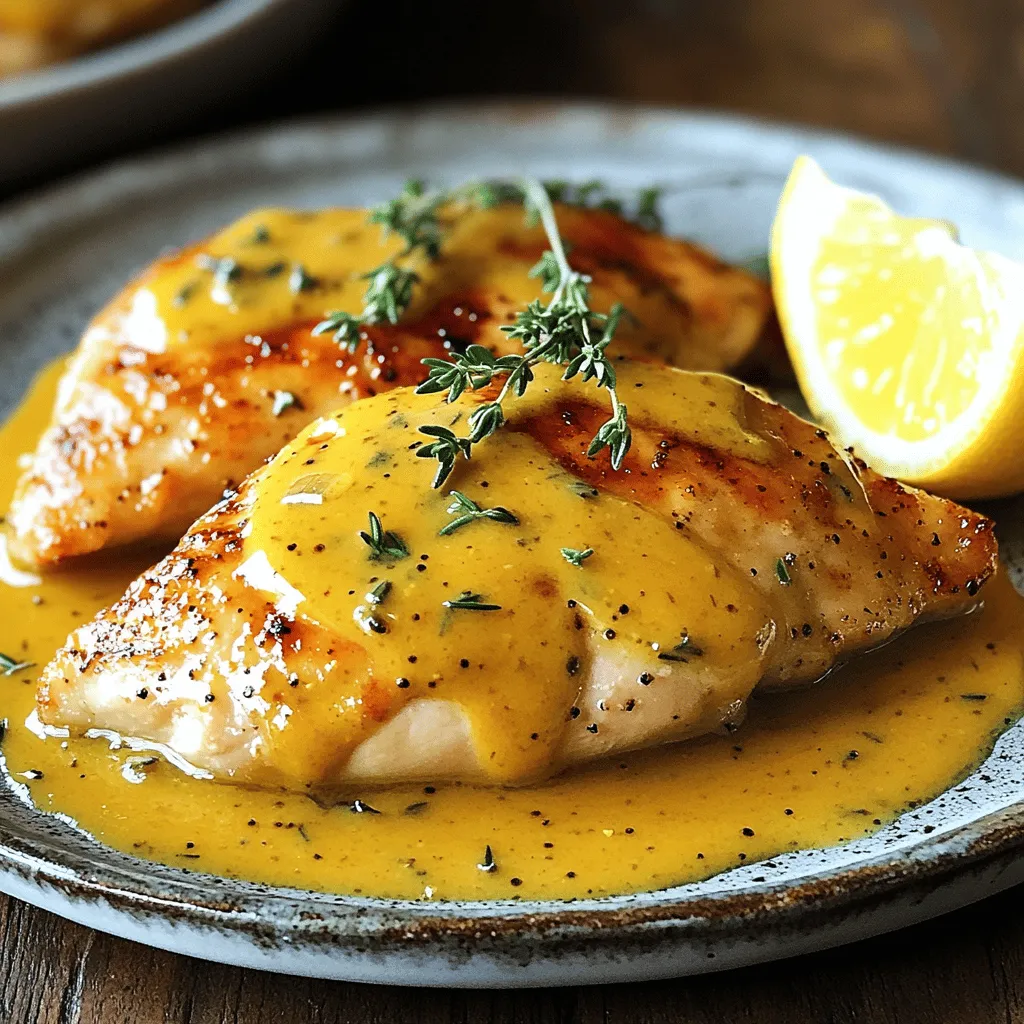
Pan Seared Chicken with Lemon Mustard Sauce Delight
Get ready to savor the perfect dinner with my Pan Seared Chicken with Lemon Mustard Sauce! This dish pairs tender chicken breasts with a zesty